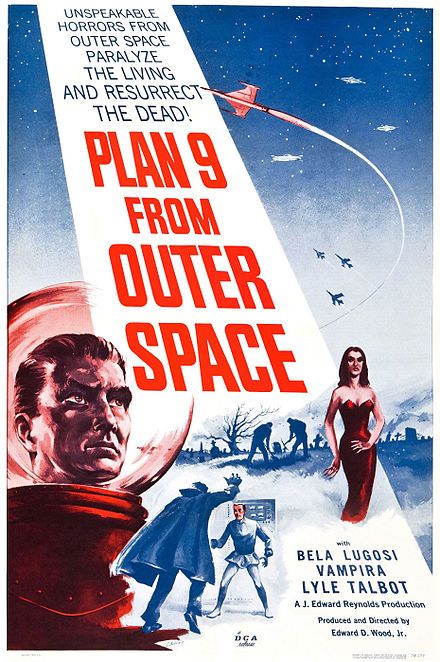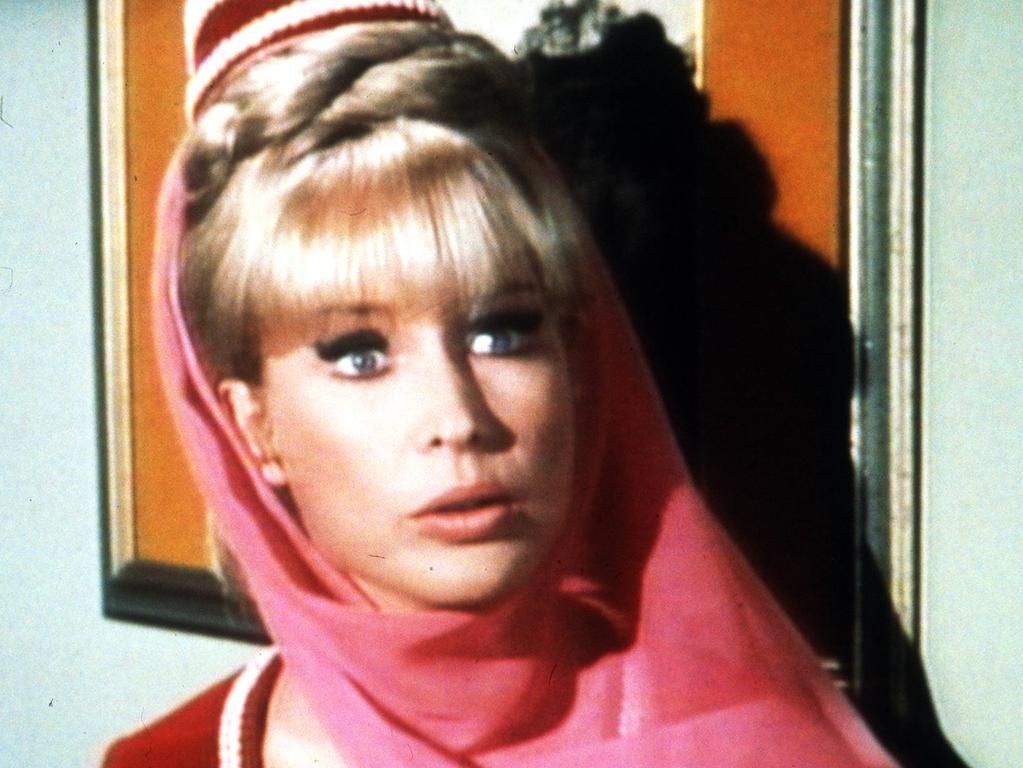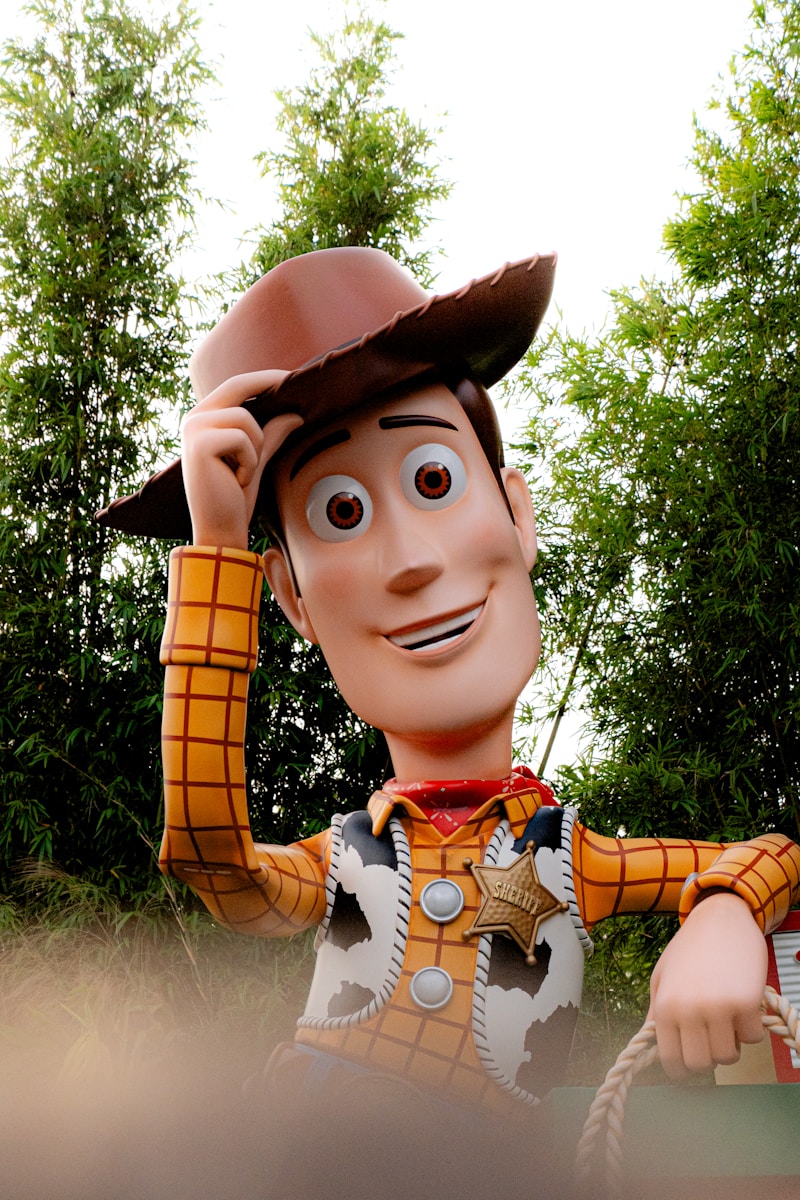
In the vast landscape of animated cinema, few characters resonate with the depth and familiarity of Sheriff Woody Pride. This pull-string cowboy doll, a central protagonist in Disney-Pixar’s groundbreaking *Toy Story* franchise, has captivated audiences for decades, primarily brought to life by the unmistakable voice of Academy Award winner Tom Hanks. Woody’s journey from being the cherished leader of Andy’s toys to an adaptable figure embracing new purposes stands as a testament to the character’s remarkable development and the profound themes he embodies.
Yet, the genesis of this beloved figure was far from the amicable cowboy we know today. Initial concepts for the first *Toy Story* film, a pioneering computer-animated feature, envisioned a drastically different character. Drafts from Pixar animators John Lasseter, Andrew Stanton, and Pete Docter depicted Woody not as a heroic leader, but as an “evil ventriloquist dummy,” slated to be the main villain who would abuse the other toys before they ultimately rallied against him.
This early vision faced significant resistance. Disney executives, upon reviewing the draft, provided negative feedback, prompting a temporary halt in production until a more viable storyline could be devised. Even Tom Hanks, who would become synonymous with Woody’s voice, reportedly expressed his dissatisfaction, shouting, “This guy is a jerk!” during an early recording session for a story reel, highlighting the stark contrast with the character’s eventual portrayal.
The creative team responded to this critical feedback by revising the narrative, shifting towards an “odd-couple buddy picture” featuring Tinny, the one-man band from *Tin Toy*, and Woody. Further refinement led to the pivotal transformation of Woody from a tyrannical figure to the “wise and caring leader” of Andy’s toys. His design evolved, drawing inspiration from a Casper the Friendly Ghost doll that John Lasseter owned as a child, and the iconic Howdy Doody puppets from the 1950s.
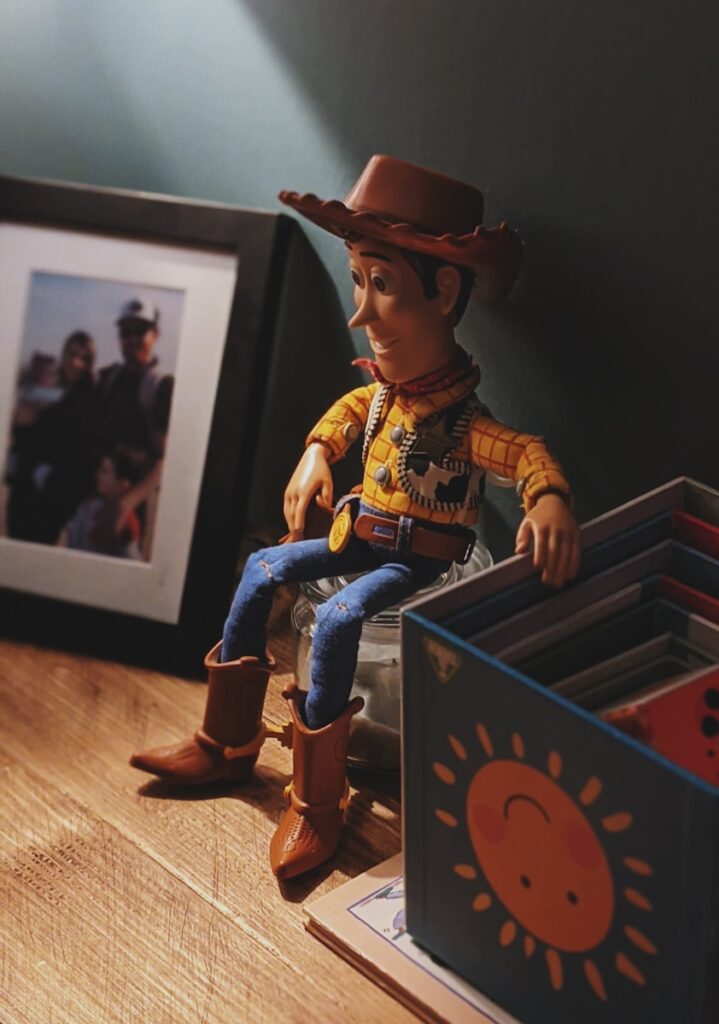
Bud Luckey, the character designer, played a crucial role in shaping Woody’s distinctive appearance, suggesting the change from a generic ventriloquist dummy to a cowboy ventriloquist dummy. Lasseter embraced the idea, appreciating the thematic contrast between the Western and science fiction genres embodied by Woody and Buzz Lightyear. Ultimately, all ventriloquist dummy features were removed as they made the character look “sneaky and mean,” though the name “Woody” was retained as an homage to Western actor Woody Strode. In 2009, *Toy Story 3* director Lee Unkrich confirmed via Twitter that Woody’s last name, Pride, had been part of his character since the earliest stages of the original movie’s development, adding a layer of depth to his established persona.
The casting of Tom Hanks as Woody’s primary voice actor was a deliberate and inspired choice by John Lasseter, who recognized Hanks’ unique ability to “take emotions and make them appealing.” Lasseter employed a Disney animation technique of using an established actor’s vocal monologue to visualize the character, finding that test footage utilizing Hanks’ voice from *Turner & Hooch* solidified the decision. While acclaimed actors like Paul Newman, Robin Williams, and Clint Eastwood were considered, Hanks’s distinctive delivery brought an “invaluable heft and believability” to Woody, a sentiment widely echoed by film critics.
Beyond Hanks, his brother Jim Hanks has provided Woody’s voice for a wide array of supplementary materials, including video games, toys, and theme park attractions, ensuring consistency across the expansive *Toy Story* universe. This division of labor underscores the character’s pervasive presence in popular culture and the demand for his recognizable voice in various forms of merchandise and entertainment.
Woody’s character is defined by his identity as an “old-fashioned floppy pull-string cowboy doll,” equipped with a voice-box that utters memorable phrases such as “Reach for the sky!”, “You’re my favorite deputy!”, “There’s a snake in my boot!” and “Somebody’s poisoned the waterhole!”. His physical attributes, including an “original hand-painted face, natural dyed-blanket stitched vest,” and “hand-stitched polyvinyl hat,” contribute to his authentic, nostalgic appeal. He also distinctively wears an empty gun holster at his belt, a detail that further cements his cowboy identity.
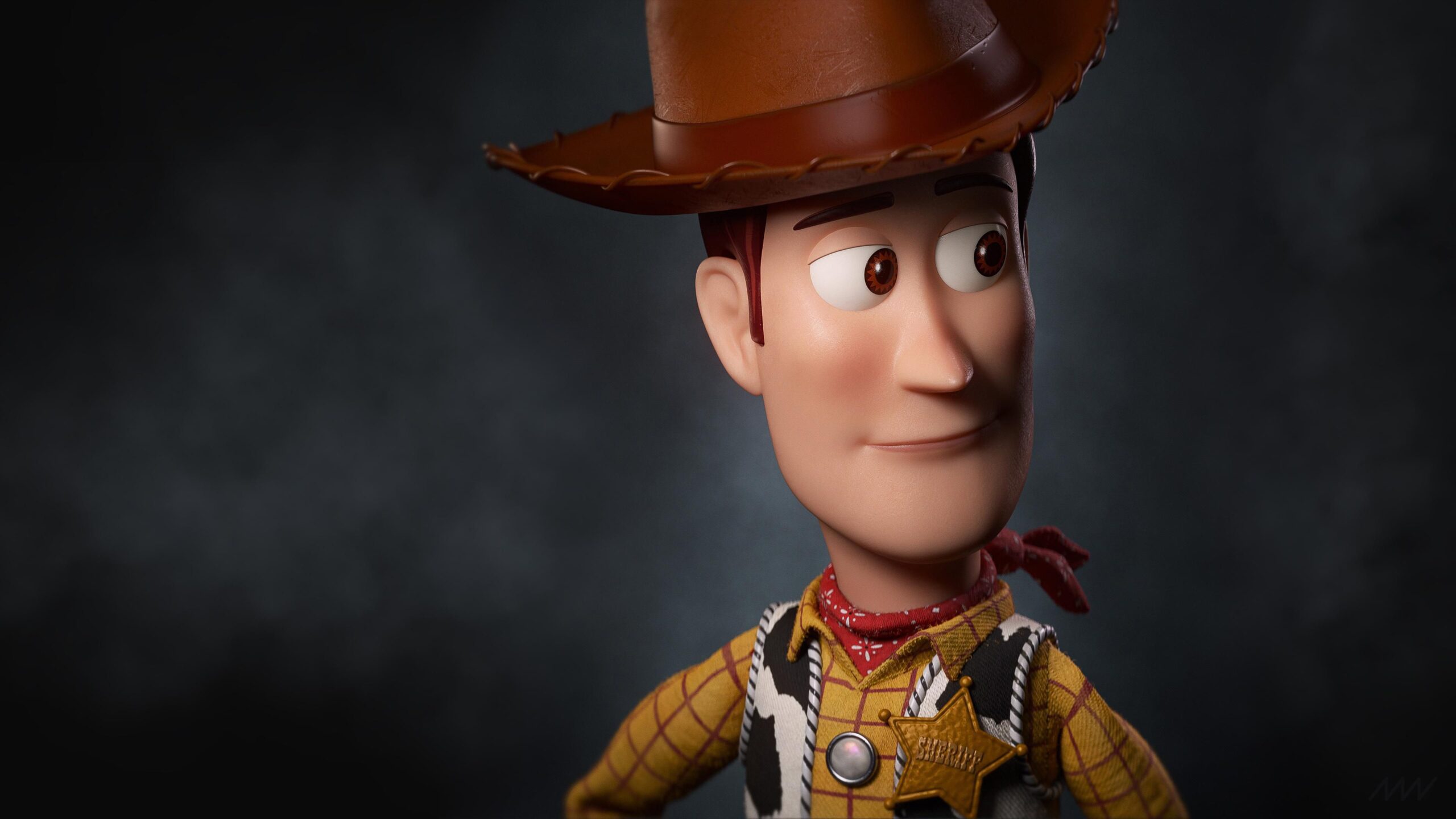
For years, Woody held a special place as Andy’s favorite toy since kindergarten, occupying a prime spot on the bed and serving as the undisputed leader and “brains of the toys” in Andy’s room. Andrew Stanton acknowledged Woody’s nuanced nature, recognizing the necessity for him to be “a lovable, yet flawed leader since he is somewhat selfish.” This inherent complexity, including his status as an “old family toy”—a “hand-me-down” from Andy’s father, as John Lasseter suggested—allowed for a more robust character arc. Even a mischievous side was hinted at in the mock outtakes of *Toy Story 2*, where Woody engaged in pranks with Buzz Lightyear, showcasing a playful, less seen aspect of his personality.
Woody’s narrative journey across the *Toy Story* films traces a path of growth, challenge, and evolving loyalties. In the original 1995 film, his comfortable position as Andy’s favorite is destabilized by the arrival of Buzz Lightyear. Driven by jealousy, Woody attempts to displace Buzz, inadvertently knocking him out a window. This leads to a period of ostracization from most of the other toys, who wrongly accuse him of malicious intent. Their subsequent perilous adventure through Sid Phillips’ house, Andy’s notorious neighbor, forces Woody and Buzz to overcome their rivalry, culminating in a strong friendship and Woody’s re-acceptance by the toy community as they reunite with Andy.
*Toy Story 2* (1999) delves deeper into Woody’s past, revealing his origin as the star of a popular 1950s Western children’s show called *Woody’s Roundup*. Stolen by a toy collector, Al McWhiggin, Woody discovers his legacy and encounters fellow Roundup toys: Stinky Pete the Prospector, cowgirl Jessie, and his horse Bullseye. The prospect of being shipped to a toy museum in Japan challenges his loyalty to Andy, with Prospector actively attempting to persuade him to embrace this new destiny. However, Buzz and the other toys stage a daring rescue, leading Woody to reaffirm his bond with Andy and bring Jessie and Bullseye into their expanded family.
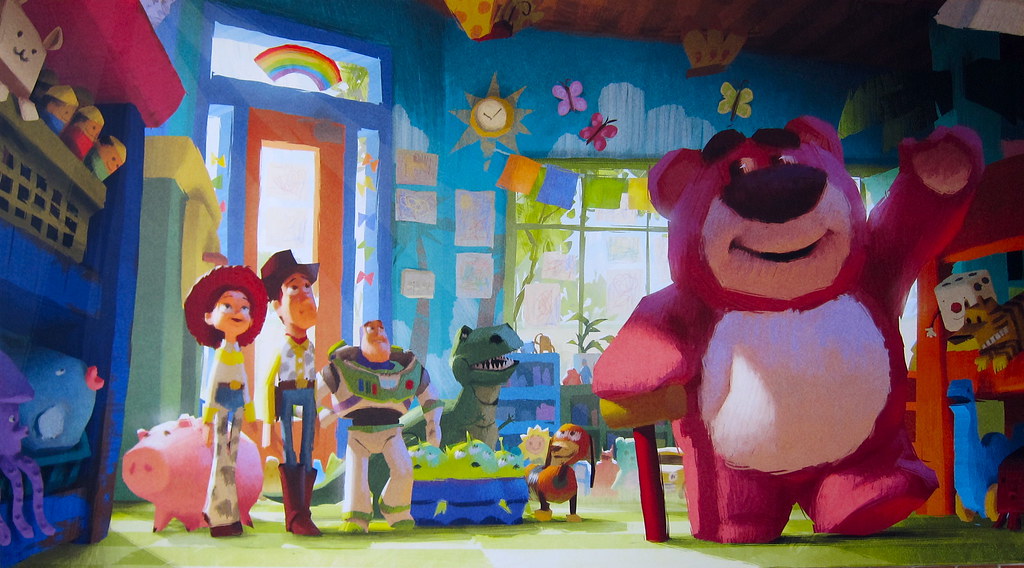
By *Toy Story 3* (2010), Andy is 17 and preparing for college, leading to a period of uncertainty for his toys. A misunderstanding causes the toys to believe they are being discarded, prompting them to donate themselves to the Sunnyside Daycare Center. Woody, ever loyal, initially attempts to return to Andy, but is found and taken home by a kind young girl named Bonnie. He quickly learns from Bonnie’s toys the true, grim nature of Sunnyside, led by the bitter Lotso. Returning to the daycare, Woody orchestrates a daring escape for Andy’s imprisoned toys, enduring a perilous journey to a landfill before the toy aliens rescue them. Woody ultimately ensures his friends find a new home with Bonnie, with Andy describing him as his favorite because he is loyal and “will never give up on anyone.”
*Toy Story 4* (2019) presents Woody with new challenges to his identity and purpose. With Bonnie showing less interest in him, and Dolly serving as the new leader of Bonnie’s toys, Woody grapples with his changing role. His new mission becomes protecting Bonnie’s newly created, disposable toy, Forky, who believes himself to be trash. During a family vacation, Woody and Forky become separated, and Woody diligently teaches Forky about the joys and responsibilities of being a toy. This journey leads him to a reunion with his long-lost girlfriend, Bo Peep, who has embraced a life of independence without an owner. Their partnership to rescue Forky from Gabby Gabby, a doll desiring Woody’s voice box, tests their contrasting philosophies on loyalty and purpose. Ultimately, Woody, assured by Buzz that Bonnie will be fine, makes a poignant decision to remain with Bo Peep, dedicating his future to helping lost toys find new homes, signifying a profound evolution in his character.
Woody’s presence extends far beyond the main film series, with his confirmed appearance in the upcoming *Toy Story 5* further solidifying his enduring relevance. He has made numerous other media appearances, including animated mock outtakes in *A Bug’s Life*, a cameo in *Buzz Lightyear of Star Command: The Adventure Begins* (voiced by Jim Hanks), and a memorable appearance as a toy station wagon in Pixar’s *Cars*. He also featured prominently in the *Toy Story Toons* shorts *Hawaiian Vacation*, *Small Fry*, and *Partysaurus Rex*, as well as the television specials *Toy Story of Terror!* and *Toy Story That Time Forgot*. His adventures continue in Disney+ shorts like *Lamp Life* and the *Toy Story Treats* show.
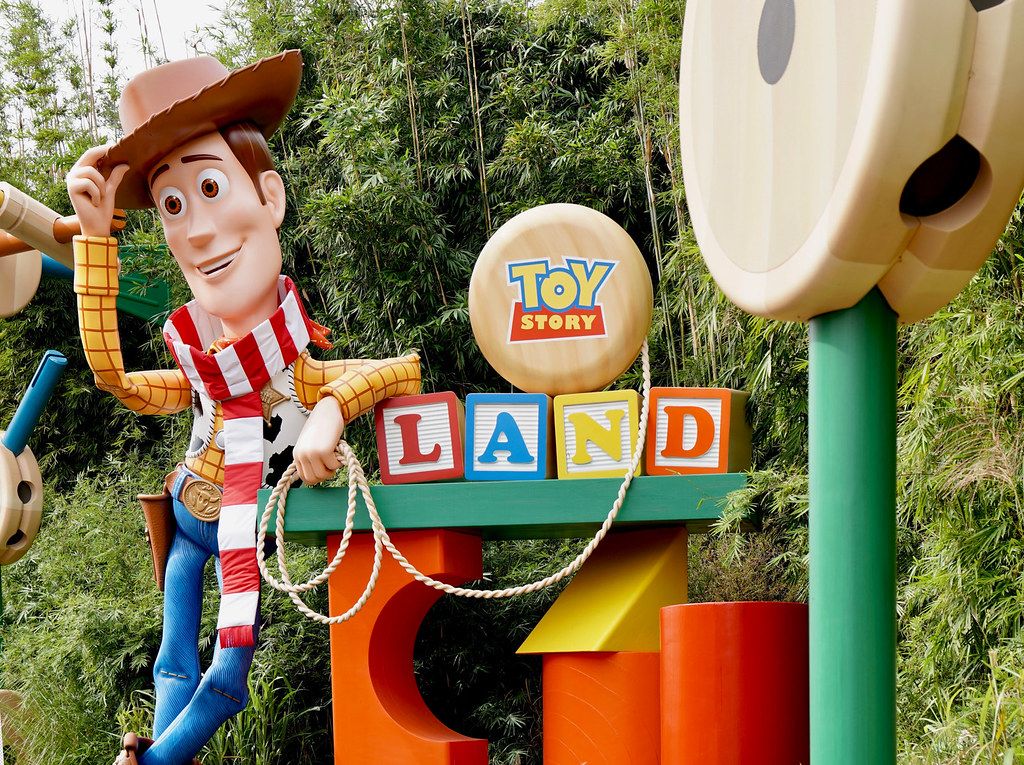
His cultural footprint is equally pervasive in real-world attractions and merchandise. Woody is a ubiquitous figure across all Walt Disney Parks and Resorts, available for meet-and-greets at *Toy Story Land* locations worldwide. Towering twenty-foot-tall statues of Woody greet visitors at Hollywood Studios and Hong Kong Disneyland, and restaurants such as Woody’s Lunch Box and Woody’s Roundup Rodeo BBQ are named in his honor. Rides like Woody’s Roundup in Shanghai and the 4D shooting arcade Toy Story Mania! at multiple parks ensure his interactive presence. He even appears on a parade float at Magic Kingdom and has an entire section dedicated to him at Disney’s All-Star Movies Resort. Notably, in 2021, Woody, along with other *Toy Story* characters, received an updated look at Hong Kong Disneyland, showcasing a new outfit, refined facial details, and adjusted proportions, reflecting his ongoing adaptation within the parks.
Woody’s influence extends to theatrical productions, having appeared in *Toy Story: The Musical*, a rock musical created by Walt Disney Creative Entertainment for Disney Cruise Line, which ran from 2008 to 2016. He has also been a recurring character in numerous *Disney on Ice* productions, captivating live audiences as skaters portray him to popular songs. The range of merchandise featuring Woody is expansive, from classic talking dolls to mugs, magnets, figures, and various household items. His digital presence is strong too, with appearances in multiple Disney and *Toy Story*-related video games such as *Disney Infinity*, *Kingdom Hearts III*, and *Disney Dreamlight Valley*. Woody has also starred in various comic book series and magazines published by Boom! Entertainment, Marvel, Disney Publishing, Egmont, and Dark Horse Comics, further cementing his narrative reach beyond the screen.
Perhaps one of his most unique contributions to pop culture is his recurring role in the Academy Awards. Woody, often accompanied by Buzz Lightyear and Jessie, and voiced by their primary actors, has presented awards at the 68th, 72nd, and 88th Academy Awards. From performing a short skit after John Lasseter received a Special Achievement Oscar to presenting the Best Animated Short Film Oscar and later honoring the 20th anniversary of *Toy Story*’s Oscar win while presenting Best Animated Feature, Woody has become an unlikely, yet fitting, symbol of cinematic achievement.
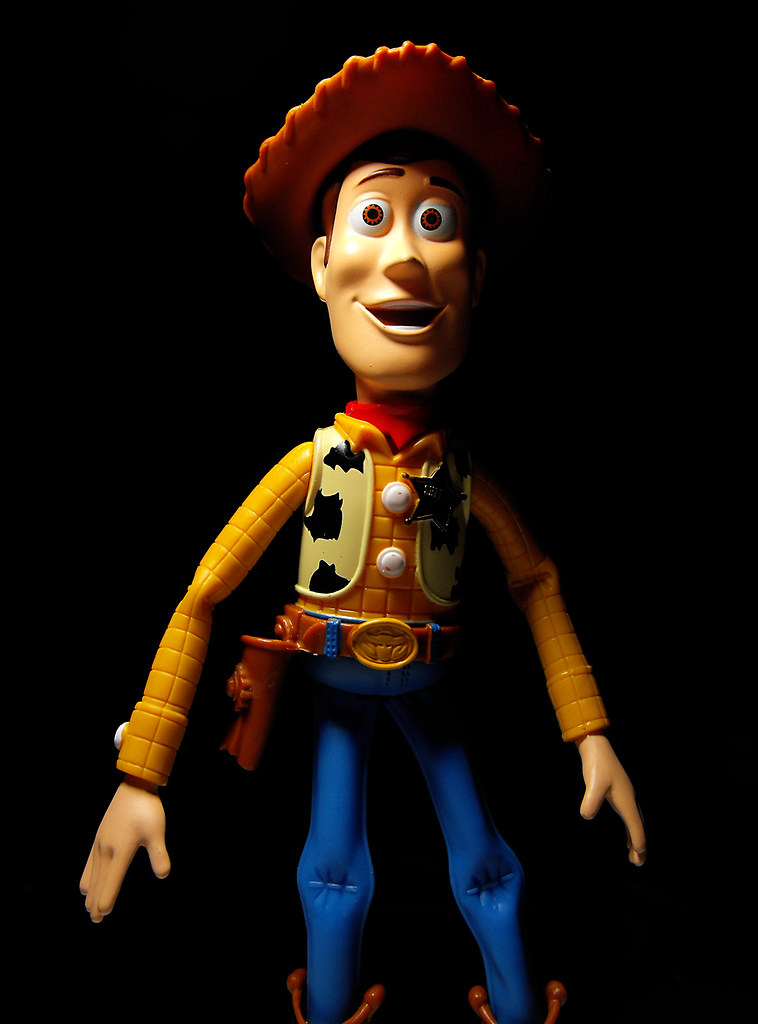
The critical reception for Sheriff Woody has been overwhelmingly positive, primarily praising his personality, loyalty, and leadership qualities. Bruce Miller of the *Sioux City Journal* unequivocally stated, “You can’t find a better friend than Sheriff Woody,” commending his loyalty, role as a role model, and unwavering nature, ultimately declaring him “loyal, dependable, trustworthy and steadfast.” Geoff Loftus of *Forbes* noted that Woody, alongside Buzz, exemplifies great leadership through their persistent problem-solving: “No matter how great the crisis,” they “never stop thinking” and “never stop looking for the answer to a problem.”
Collin McCormick of *Screen Rant* even declared Woody potentially “the best of them all” among Pixar’s unforgettable characters. Tom Power of *Polygon* provided a compelling analysis, suggesting that Woody’s character arc mirrors real-life personal development, stating it “symbolizes the growth that we all experience. He’s the embodiment of our own development, and acts as a lens through which we can see our own growth.” While some critics, such as Nate Birch of *Fatherly*, offered a contrasting view, describing Woody as an “irredeemable jerk” and “heartless villain” in his initial portrayal, A. A. Dowd from *The A.V. Club* observed that Woody’s “selfishness and other qualities make him among ‘the most three-dimensional of cartoon characters,’” acknowledging the depth these complexities bring.
Tom Hanks’s vocal performance has consistently garnered significant acclaim. Susan Wloszczyna of *USA Today* approved of his selection for the lead role. Kenneth Turan of the *Los Angeles Times* highlighted how Hanks “brings an invaluable heft and believability to Woody,” a sentiment echoed by Ben Kaye of *Looper*, who noted that Hanks “brings the character of Woody to life using his ‘unique voice’ to imbue Woody with ‘humor, authority, and heart.’” Peter Bradshaw, *The Guardian*’s film critic, called Hanks’s vocal work in *Toy Story* one of his “most heartwarming, heartrending pieces of casting” in his career, with Katie Walsh of *The Columbian* praising it as “one of the defining animation vocal performances.”
Woody’s iconic status is further cemented by his frequent inclusion in lists of the greatest animated characters of all time. *Entertainment Weekly* named him among their “100 Greatest Characters of the Last 20 Years” in 2010. *Screen Rant* ranked him as the 6th best animated movie character and, in another instance, the number one Pixar character, asserting that “it’s hard not to root for Woody in his endeavors, which helps make him the greatest Pixar character of all time.” Hollywood Insider similarly placed him at the top of their Pixar character list, citing his “undying loyalty” as “a trait we’d all like to see in our best friends.” *Rolling Stone* ranked him 12th among the best Pixar characters, noting how Hanks “imbued the rustler with apoplectic hilarity and made for the perfect straight man against the delusional Buzz Lightyear, but it’s the uglier aspects of his personality – envy, selfishness – that make this toy human.”
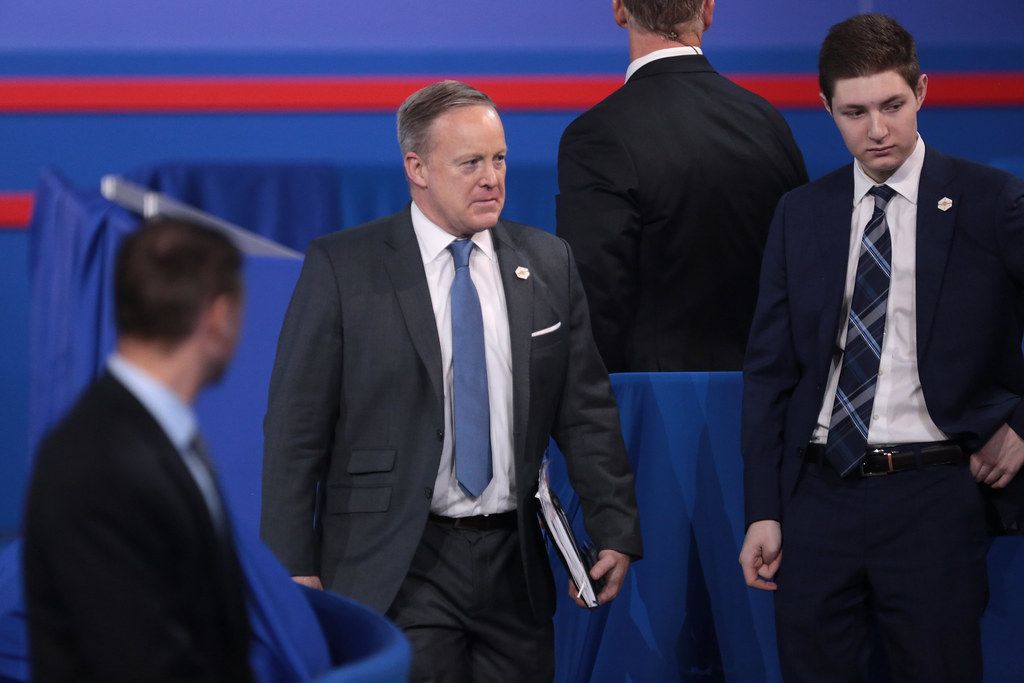
His cultural impact has even extended to celebrity circles and the cosplay community. Sean Spicer, the former White House Press Secretary, famously dressed as Woody for a *Dancing with the Stars* performance, dedicating it to his late father. French cosplayer “Sneak” has created a notable Woody cosplay, while Ryan Tubridy, host of the Irish *The Late Late Toy Show*, also appeared dressed as the character. The character’s reach even touched a personal milestone, with Lindsay Ashton wearing *Toy Story*-themed high-heeled wedding shoes featuring Woody in Lancashire, England, underscoring the deep, personal connections audiences have formed with this animated cowboy.
Sheriff Woody Pride, from his contentious initial concept to his current status as a cultural behemoth, represents more than just a fictional character; he embodies a profound exploration of identity, purpose, and the true meaning of friendship and loyalty. His journey, marked by challenges, self-discovery, and unwavering commitment, has resonated deeply with generations, proving that even a pull-string doll can inspire heartfelt narratives and a lasting legacy. As he continues to evolve and appear in new stories, Woody remains a steadfast reminder that the most compelling tales often originate from the most unexpected of heroes, forever etched into the fabric of animation history and the hearts of audiences worldwide.

